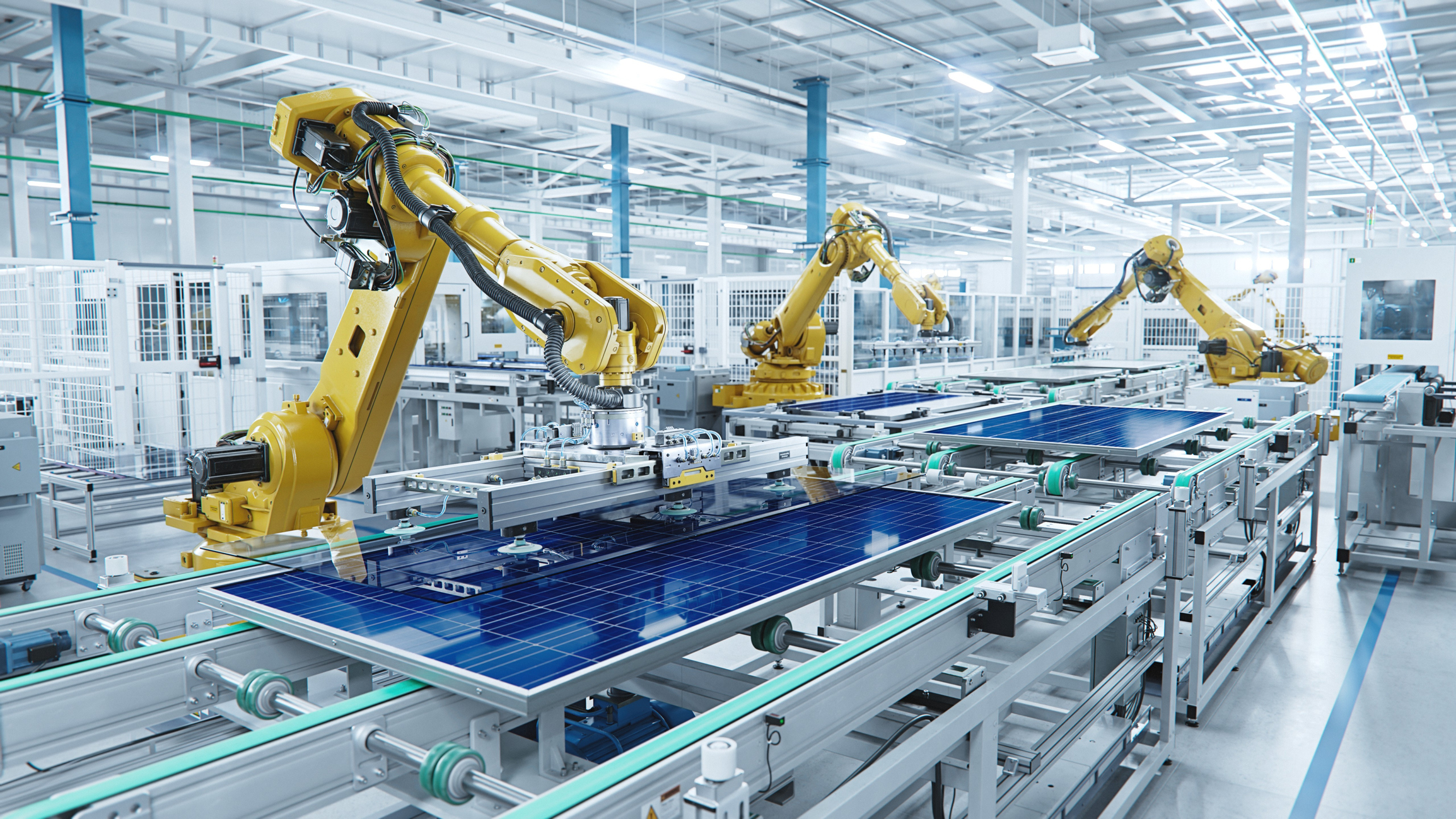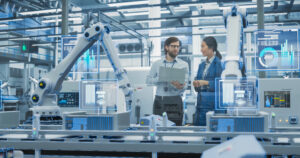Manufacturing is moving fast. New technologies are changing the way you plan, produce, and deliver—while pressures around cost, supply chain resilience, and sustainability keep rising. To stay competitive, your business needs systems that don’t just keep up—they work smarter, faster, and together.
Explore how AI, ERP, MES, and Source-to-Pay solutions are reshaping manufacturing—from smarter supply chains to more efficient production and supplier collaboration.
Understanding Manufacturing Resource Planning: Key Concepts and Benefits of MRP II
Get clear on the differences between MRP, MRP II, and ERP—three systems that get lumped together but play very different roles in manufacturing. Learn what each one does, how MRP II supports production efficiency and supplier coordination, and where traditional systems fall short without the right source-to-pay technology in place.
Choosing the Right ERP System for Manufacturing: Key Features to Consider
Manufacturing ERP systems keep production running smoothly—but not all platforms are created equal. Whether you’re evaluating options or refining your current setup, it’s critical to look beyond general business management features and focus on what truly supports manufacturing success. Here, we’ll break down what to prioritize in an ERP system, how it connects procurement with production, and why pairing it with a Source-to-Pay solution strengthens supplier collaboration and cost control.
The Journey of Enterprise Resource Planning (ERP) in Manufacturing
Your ERP system sits at the center of everything—connecting finance, HR, production, and procurement. But in a manufacturing environment, where speed, precision, and cost control are critical, your ERP decisions carry even more weight. Whether you’re working with SAP, Oracle, Microsoft Dynamics, or a cloud-native solution like NetSuite or Plex, what matters most is how well your ERP works with the rest of your ecosystem. Get a straightforward look at how ERPs evolved from manufacturing roots to today’s AI-powered platforms—and what that means for your sourcing, supply chain, and source-to-pay processes.
A Deep Dive into AI in Manufacturing: Strategies, Benefits, and Use Cases
Artificial intelligence is already transforming manufacturing from the production floor to the procurement office—and the impact is only growing. Whether it’s predicting equipment failures, improving product quality, or strengthening supplier relationships, AI is helping your business work faster, smarter, and more strategically. From collaborative robots to digital twins, generative design to autonomous supplier negotiations, this blog explores real-world use cases, practical benefits, and what your team needs to consider to start putting AI to work across operations.
Embracing the Future: How Manufacturing 4.0 is Transforming Industry
Smart factories, real-time data, AI-powered systems—Manufacturing 4.0 is here, and it’s changing everything. By combining connected devices, automation, and advanced analytics, today’s manufacturers are building faster, safer, and more agile operations. We take you through the evolution of industry from steam power to smart factories, break down the key technologies behind Manufacturing 4.0, and highlight the opportunities that come with this next wave of industrial advancement. If your business is exploring digital transformation, this is your guide to understanding what’s driving it forward.
How AI and Automation are Transforming Manufacturing Supply Chains
The manufacturing supply chain is changing fast—and your ability to adapt can define whether your business leads or lags. From sourcing raw materials to delivering finished products, every link in the chain must operate with speed, accuracy, and resilience. This blog breaks down the full scope of modern supply chain management, including the shift toward AI, automation, and real-time data. You’ll get a practical look at today’s biggest challenges—like geopolitical disruption, ESG regulations, and IT fragmentation—along with forward-looking strategies to strengthen your supply network. Whether it’s advanced sourcing, smart factories, or demand forecasting powered by AI, this piece shows how manufacturers are building agile, technology-driven operations that can scale with demand and deliver the speed and transparency customers now expect.
Manufacturing Execution Systems: How MES Transforms Production Efficiency
You need real-time visibility into your operations to stay competitive. A manufacturing execution system (MES) gives you the tools to improve efficiency, ensure product quality, and reduce waste—all while keeping production on schedule and in compliance. Break down what MES does, how it integrates with technologies like ERP, IIoT, and AI, and why it’s becoming a cornerstone of smart manufacturing. Whether you’re working in a highly regulated environment or simply aiming to scale efficiently, an MES helps you make faster, better-informed decisions on the shop floor and beyond.
Transforming Discrete and Smart Manufacturing: Boost Efficiency & Innovation with Advanced Solutions
You’ve heard of Industry 4.0. But what does it actually look like in action? Here we’ll explore how advanced automation, AI, and data analytics are transforming discrete and smart manufacturing—from boosting flexibility and precision to enabling mass customization. You’ll get a clear view of the technologies driving this shift, how they’re changing production strategies, and what’s next as manufacturers move toward a more connected, human-centric model.




